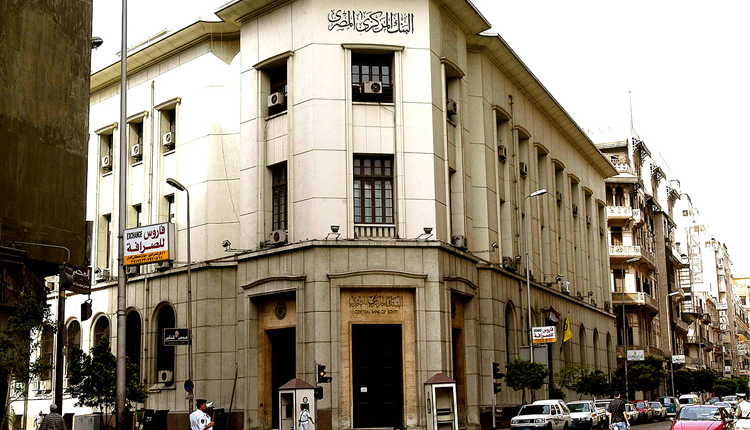Egypt’s Central Bank of Egypt has decided to cut the overnight deposit rate, overnight lending rate, and the rate of the main operation by 0.5 percent (50 pbs) to 8.75 percent, 9.75 percent, and 9.25 percent, respectively after its Monetary Policy Committee (MPC) meeting.
The discount rate was also cut by 50 basis points to 9.25 percent.
The new cuts are the first since the slashing of interest rates by 3 percent (300 pbs) in March amid the COVID-19 crisis.
The CBE said in a statement that the reduction in policy rates in today’s MPC meeting provides appropriate support for economic activity, while remaining consistent with achieving price stability over the medium-term.
It added that in the fourth quarter of 2020, average annual headline inflation is expected to hover around the lower band of the inflation target of 9 percent (±3 percentage points).
The CBE said that the annual headline urban inflation declined to 3.4 percent in August from 4.2 percent in July 2020, the second lowest rate recorded in almost 14 years, after October 2019’s figure, adding that annual headline inflation continued to reflect muted inflationary pressures registering below 6 percent since February 2020.
It added that the decline in annual headline urban inflation was driven by lower annual contribution of food items, which was offset by the slightly higher annual contribution of non-food items.
“This came as the prices of fresh vegetables came against their seasonal pattern for the second consecutive month. Hence, monthly headline inflation continued to reflect lower food prices and higher non-food prices for the fourth consecutive month. In the meantime, the annual core inflation rate recorded 0.8 percent in August 2020, compared to 0.7 percent in July 2020. In September 2020, annual core inflation is expected to be affected by an unfavourable base effect, given the release of the 10th consumer price index (CPI) series as well as its linking methodology with the 9th CPI series starting with September 2019 data,” said the statement.
Meanwhile, real GDP growth for FY2019/2020 declined to 3.5 percent, down from 5.6 percent in the previous fiscal year, while the unemployment rate increased to 9.6 percent in the second quarter of 2020, up from 7.7 percent in the first quarter of 2020.
“These developments reflect COVID-19’s impact on the real economy. However, the stability of some leading indicators in August and July after signs of improvement in June point to a gradual recovery in economic activity,” according to the statement.
Globally, the CBE said that economic activity remained subdued despite some recovery, international oil prices broadly stabilised, and global financial conditions continued to improve, supported mainly by policy-measures despite the ongoing uncertainty.
